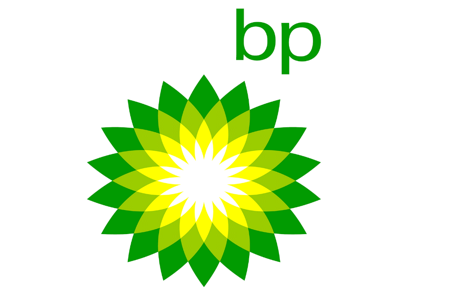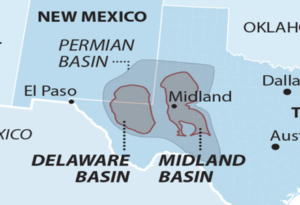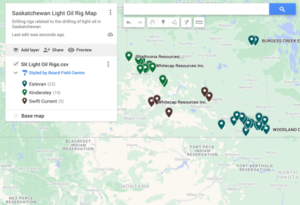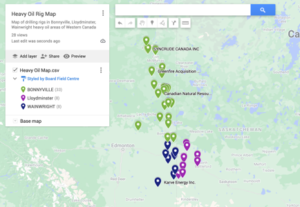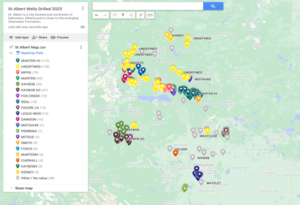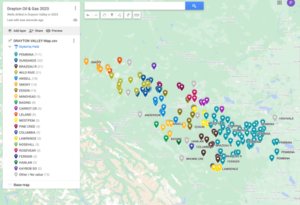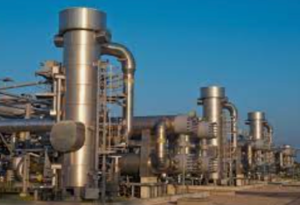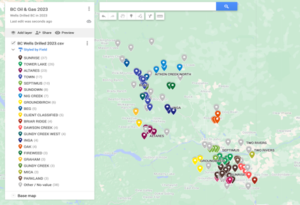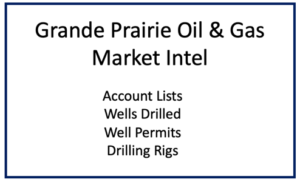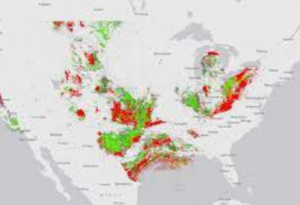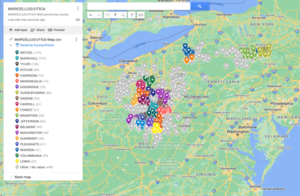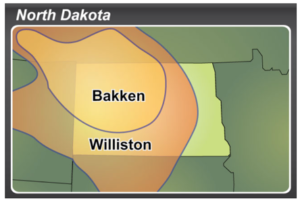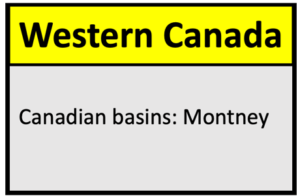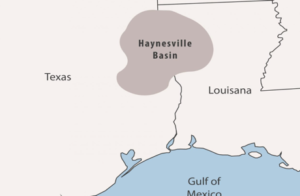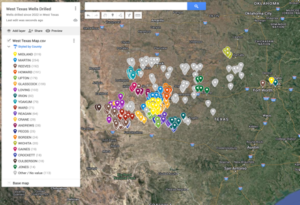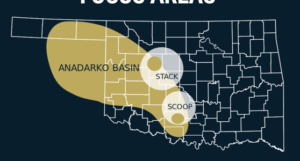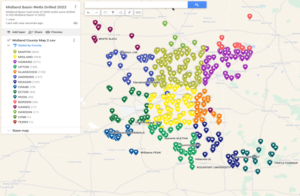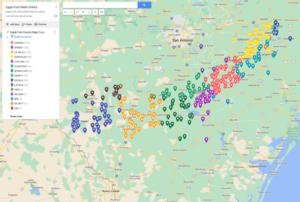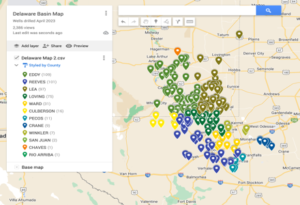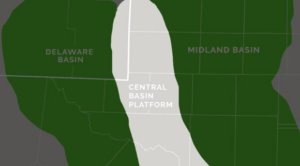As BPX Energy moves into the second half of 2025, the U.S. onshore subsidiary of BP is doubling down on capital-efficient growth in the Permian and Eagle Ford basins while positioning itself to capture upside from strengthening gas markets in Haynesville.
US Oil & Gas Operator Account Directory – $10
Includes: Account Name, Location, Phone, Website, Wells Drilled….
Led by CEO Kyle Koontz, BPX Energy is navigating market volatility with a clear focus: disciplined capital allocation, infrastructure optimization, and emissions reduction across its core shale assets. Here’s how that vision is translating into key priorities through year-end:
🔷 1. Permian Basin: Scaling Black Oil Production and Emissions-Free Operations
- Facility Buildout: BPX brought its third central processing facility online (Checkmate) and is on track to commission its fourth and final hub, Crossroads, by mid-2026. These assets are pivotal to boosting black oil production to a projected 100,000–120,000 bbl/d.
- Rig Optimization: Despite fewer rigs (reduced from five to four), accelerated drilling speed and improved completion efficiency are keeping production targets intact.
- Electrification Push: Nearly 95% of Permian well sites are electrified, allowing BPX to deploy electric frac fleets and drilling rigs—cutting emissions and enhancing operational uptime.
- Routine Flaring Elimination: New pads are flare-free, and older sites have been retrofitted to route low-pressure gas to centralized processing.
🔷 2. Eagle Ford: Long-Term Liquids Growth on Vast Acreage
- Massive Footprint: With ~500,000 acres under lease, the Eagle Ford remains BPX’s largest landholding and a cornerstone of future growth.
- High-Quality Rock, Diverse Windows: From oil to condensate to dry gas, the basin offers commodity flexibility. BPX is shifting capital to oilier zones, leaning into favorable pricing dynamics.
- Operational Focus: The region offers strong deliverability, minimal infrastructure constraints, and a “ton of runway” for scalable growth, per Koontz.
🔷 3. Haynesville Basin: Holding Steady as Prices Recover
- Rig Activity: Currently running two rigs, BPX is monitoring natural gas pricing trends (~$4.40/MMBtu) for potential reacceleration.
- Strategic Flexibility: While capital has pivoted toward liquids in 2025, the Haynesville remains a key lever should gas prices continue to rise, especially with LNG export growth on the Gulf Coast.
🔷 4. Efficiency and Capital Discipline Across All Basins
- Unit Production Costs: Holding steady around $6/boe, among the most competitive in the sector.
- Production Strategy: Shifting from lease obligations to high-ROACE development, with drilling guided by margin—not volume.
- Top-Tier NPV Per Well: BPX continues to fine-tune frac designs and spacing to squeeze more value from each lateral.
🔷 5. Strategic Focus: Infrastructure + Electrification = Value Creation
- Midstream Self-Sufficiency: BPX has built out its own gathering system, boosting reliability and flow assurance.
- Compression Capacity: The Crossroads facility will help manage rising gas-to-oil ratios, enabling sustained high-rate production as reservoir pressure declines.
- Investor Confidence: BP’s $750M buyback and consistent 8¢/share dividend reflect continued shareholder focus despite energy transition headwinds.
Looking Ahead
With a sharp pivot back to hydrocarbons and a clear-eyed focus on capital efficiency, BPX is emerging as a key growth engine for BP. The second half of 2025 will be defined by continued infrastructure ramp-up, disciplined well delivery, and maximizing cash returns from top-tier shale acreage.
BPX isn’t chasing volume—it’s building a smarter, more resilient shale model.

